Blockchain technology has revolutionized various industries, and one of its most notable applications is creating and managing non-fungible tokens (NFTs).
NFTs are unique digital assets that are stored on a blockchain. They give proof of ownership and authenticity while being minted as a digital representation of physical goods. These tokens participate in a significant industry involving brands and creators alike.
In fact, based on past performance, the NFT market has projected revenue of $3,546.00m in 2023, according to Statista.
To start an NFT project, you need a reliable blockchain network that supports all your plans. So, while there are several blockchain networks that support NFTs, you need to ask: which is the best Blockchain for NFTs?
The truth is there is an ongoing debate in the crypto community. Factors such as scalability, transaction fees, and security are crucial in determining the suitability of a blockchain for NFTs.
That’s why this article explores the top blockchain networks and examines their features and capabilities to help you identify the best option for NFT projects.
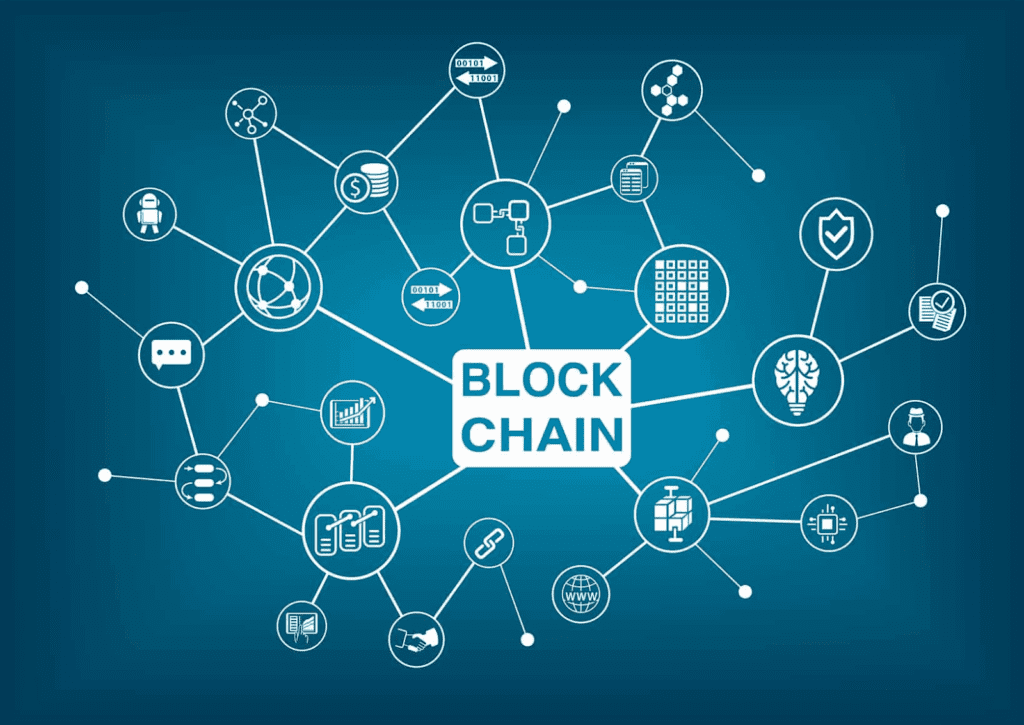
Introduction To Blockchain Technology: What Is It?
Blockchain technology is a massive information system that allows users to record every transaction practically and transparently. It makes changing, hacking, or cheating almost impossible once the data is stored.
It is a digital ledger that distributes transactions through the entire block network. Each block has several operations.
Every time a user interacts with the Blockchain – like using an NFT marketplace – a record is created and sent to the Blockchain. At the same time, a copy is added to the user’s wallet using cryptographic signatures.
As such, the blockchain network is essential to every user that interacts with something related to it. For example:
- NFT marketplaces
- NFT collections
- Smart contracts
- Proof of Stake (POS) operations
- NFT development
There are different blockchains that you can choose to work with. But we’ll cover this in the sections below.
Best Blockchain Networks For NFTs
Among the blockchains available, there are a few that can support creating NFTs and managing all the processes it involves:
Ethereum Blockchain
Ethereum is one of the first blockchain networks in the world. Released in 2015, it’s well known to be a decentralized system with strong financial and legal services. It’s the one that popularized the use of fungible and non-fungible tokens – ERC-20 and ERC-721 tokens, respectively.
This Blockchain is the one that introduced smart contracts and used the Ethereum Virtual Machine to operate.
Before September 2022, the Ethereum network worked based on the Proof of Work consensus mechanism, which made it highly profitable to mine and generated expensive costs during the transaction verification process.
However, developers changed it to a PoS-based blockchain due to the vast amounts of electricity consumed. This reduced over 99% of its energy usage, making it an even better candidate for NFT developments.
If you want to develop NFTs, the Ethereum network is a key component of your project. This is the one used by well-known NFT collections, like Blockchain Cuties or Bored Ape Yacht Club. The most popular NFT marketplaces like OpenSea or Rarible accept it.
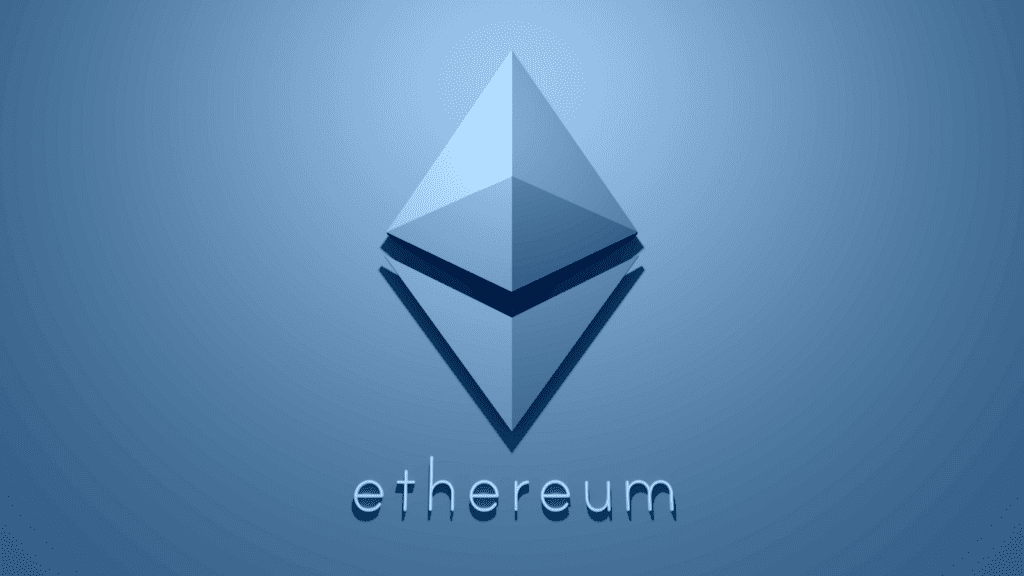
Solana Blockchain
Solana was built in 2017 as a new network option for those who wanted speed and low fees. Now, after six years of development, it is one of the best solutions for crypto development and the NFT space.
Its speed, scalability, and smart contract execution make it one of the fastest blockchain ecosystems. Solana uses particular consensus mechanisms, which combine Proof of History and Proof of Stake. This means it doesn’t need a hash rate and PoW mechanics to work – hence the secret of its low transaction cost.
This blockchain network also benefits all users when they stake cryptocurrency to be chosen as a validator. That’s another secret of why it’s such a fast network with Solana’s smart contracts.
Some of the NFT collections stored in the Solana network are:
- Degen Ape Academy
- Solana Monkey Business
- SolPunks
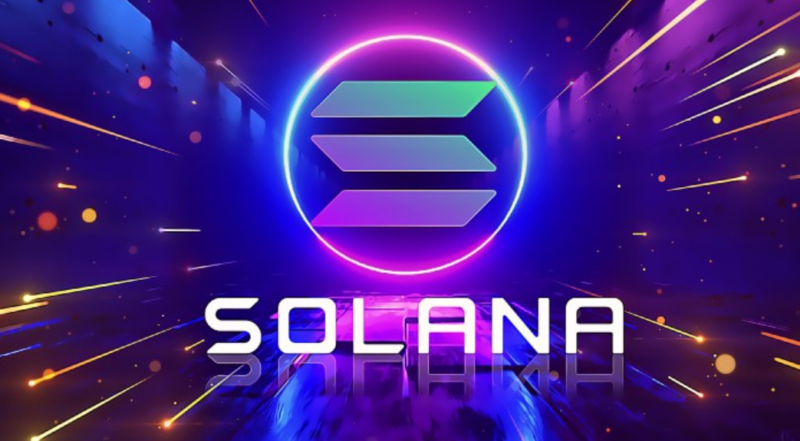
EOS Blockchain
EOS is a blockchain that began as an ERC-20 token in the Ethereum network. Due to its scalability and fast transactions, it quickly separated to create its own mainnet.
Now, developers can build Dapps and NFTs using the EOS protocol – even though fewer NFT marketplaces accept this crypto.
Although it offers such great benefits, it’s still a blockchain that needs development due to a lack of flexibility.
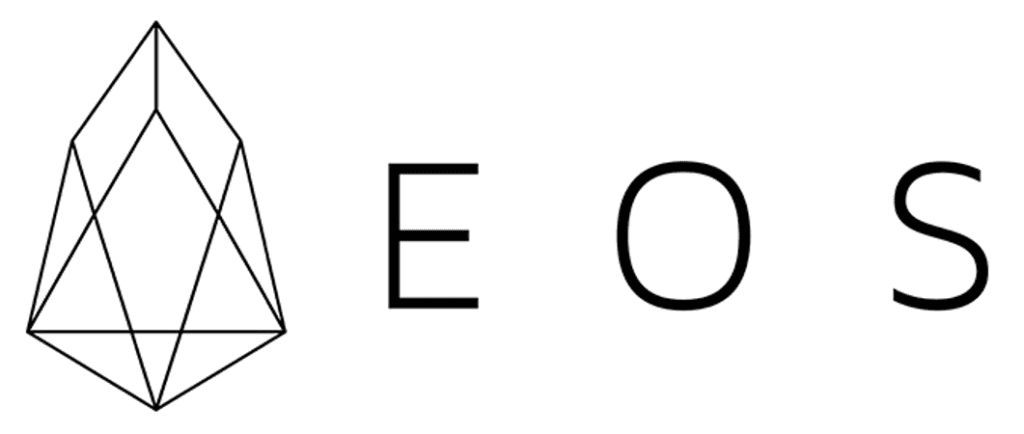
Tezos Blockchain
Tezos was founded at the same time as Solana in 2017. Contrary to other blockchains, this open-source project works perfectly for decentralized applications and NFTs.
This blockchain network uses smart contracts just like Ethereum and is powered by the PoS consensus mechanism. Developers can create Dapps and digital assets that use the token XTZ while paying low fees and having great results.
Even though it’s not a dominant network in the market, it still continues to innovate, which is its selling point. In fact, Tezos can self-improve over time using a native upgrade protocol.
If you’re looking for platforms that support Tezos, Objkt is your option.

Binance Smart Chain (BSC) Blockchain
The Binance Smart Chain started as an Ethereum Virtual Machine (EVM), where you could operate with Binance’s native tokens while also using the Binance Chain. After merging and rebranding to the BNB chain, the network started to use BEP-721 tokens and smart contracts to develop NFTs.
This allows it to mint NFTs and supports Ethereum-based NFTs as well. The network uses the PoSA (Proof Of Staked Authority) consensus model to validate operations while also supporting the Binance Exchange to provide fast transactions with low fees.
Although it’s a centralized blockchain, the NFT community still uses it for trading NFTs operations. You can find well-known collections such as Element, Mobox, and more.
So, perhaps it’s a developed ecosystem such as Ethereum, but it still has vast possibilities and several platforms to list NFTs.

Flow Blockchain
Flow is a special network designed for NFTs, games, and Dapps. It’s a high-performance blockchain built for scalability. Having popularized NFTs thanks to its part in releasing collections like NBA Top Shot, Flow became popular among sports-related NFTs.
This decentralized ledger uses a PoS mechanism for all its verifications.
Due to its NFT-centric architecture, this Blockchain is compatible with platforms like OpenSea, Rarible, etc.

Cardano Blockchain
Cardano is a blockchain made for financial operations. This network, developed by Charles Hoskinson, is one of the most important in the entire blockchain ecosystem.
Like Ethereum and the Tron blockchain, it uses a PoS mechanism to verify transactions. Yet it provides a robust way to develop Dapps and mint NFTs.
With low fees and fast transactions – due to its financial-centric nature – developers have separated Cardano’s network into two parts:
- The Cardano Settlement Layer: Ensures and records the ADA transactions.
- The Cardano Computation Layer: Hosts smart contracts.
Perhaps Cardano doesn’t have a lot of transactions per minute, but still, it’s a high-performance network with huge potential. If developed correctly, it can reach over 2 million TPS without slowing down.
Some of the collections you may know minted in Cardano are:
- Crypto Knitties
- Cardano Kidz
- Professor Cardano
- CryptoMayor

Blockchain For NFTs, How Does It Work?
Blockchains are meant to work with everything related to cryptocurrency. This is why you can store coins like Bitcoin or Ethereum and exchange them. But you can also store Non-fungible tokens (NFTs.)
A non-fungible token is a unique digital asset representation that companies and artists use to represent physical objects of value. Some of them include:
- Real estate
- Artworks
- Cards
- In-game items
The main advantage is that an NFT token isn’t exchangeable or duplicable. They are only interchangeable and paid with cryptocurrency. NFT developers use these characteristics to mint digital assets with actual value and utility and insert them in the NFT space.
When you start a new NFT project, you must decide which network you’ll use in the NFT market to sell your content. This will help you:
- Choose the cryptocurrency you’ll accept
- Reduce transaction costs
- Trade NFTs faster
- Find better NFT enthusiasts for your work
- Find upgradeable smart contracts
- List an NFT collection in a few steps
- Create an NFT campaign for your work
NFT projects running in a popular blockchain network have more possibilities of being purchased. NFT creators know this, so…
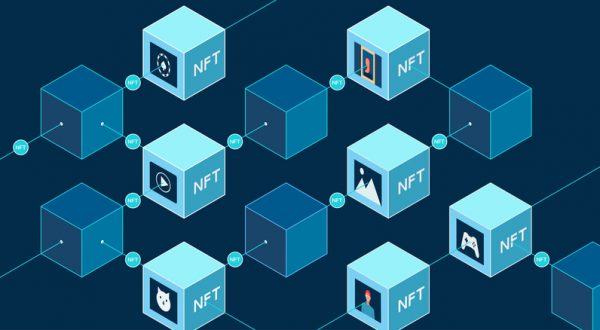
Why Is Blockchain Important For NFT Projects?
Blockchain is essential to the NFT ecosystem because it’s the means NFT developers use for minting NFTs. And not only that, it’s the system you need to carry out all the other operations that involve tokens, such as:
- NFT trading
- Developing smart contract logic
- Creating decentralized apps
- Exchanging cryptocurrencies
Blockchain is the base for all the structures that support the NFT community.
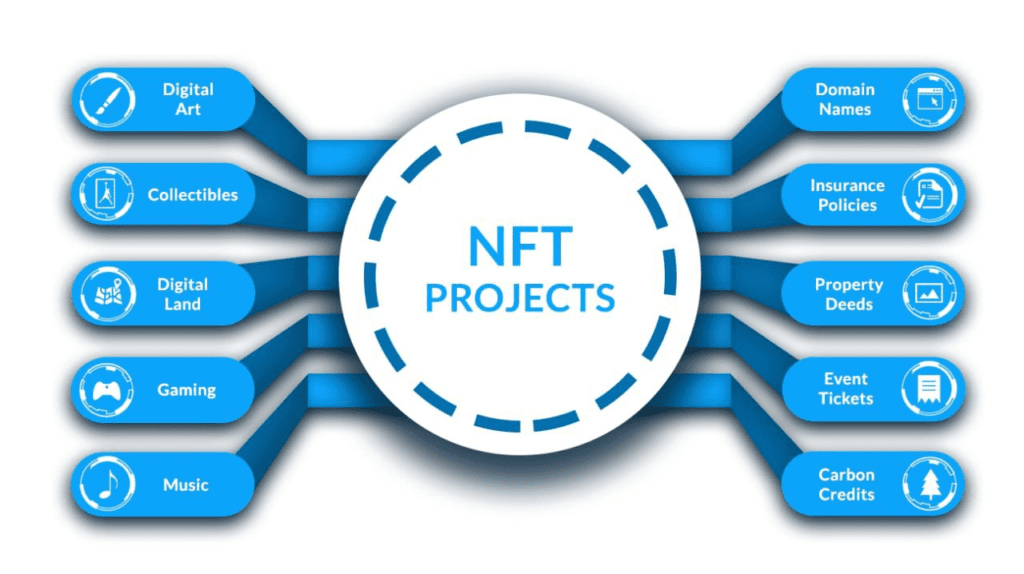
NFT Platforms Available To Work With NFTs
When preparing to mint NFTs, you must consider what platforms you count with. We’ve gathered crucial programs so you can develop your project ASAP.
- Digital wallet: It’s the worldwide asset exchange tool for excellence. You need a crypto wallet to interact with the Blockchain and each NFT platform in the space. The best and most intuitive wallets are decentralized applications such as Metamask. The platform is available as a Chrome extension.
- Exchange: NFT artists need an exchange platform where to get cryptocurrency to pay for transaction costs whenever they interact with the Blockchain. You can use platforms like Binance or PancakeSwap.
- NFT marketplace: You need an NFT marketplace to mint, list, and sell your NFTs. There are multiple options available that use specific NFT blockchains, so you must decide where you want to publish your asset according to the currency you want to receive.
With these three NFT platforms, you can start your non-fungible token journey. But there is one more thing you must consider: the Blockchain you’ll use.
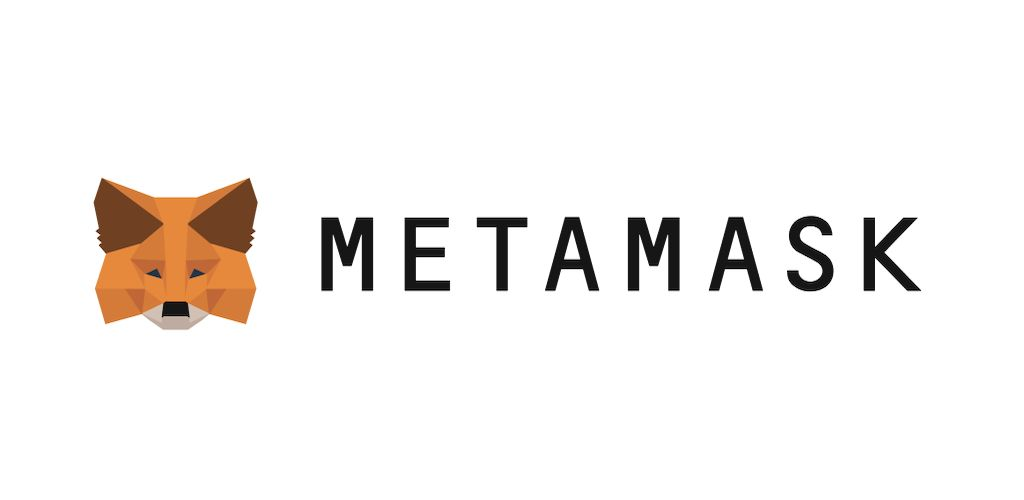
How To Know Which Is a Suitable Blockchain For Your NFTs?
When choosing a blockchain to work with, you must ask yourself these questions:
- How fast do they complete transactions?
- How much is the transaction fee?
- Is the network safe?
- Does it have smart contracts?
Let’s break down these questions to find answers.
Transaction Speed
The transaction speed represents how fast you can mint NFTs at a time. Each asset is a transaction, so the faster a network completes the process, the quicker you’ll list your NFTs for sale.
If you choose a blockchain that can’t meet your requirements, its network will hinder your project.
So, if you’re hoping to release a massive NFT project, the best thing to do is to use robust blockchains like Ethereum.
Transaction Fees
The average cost of minting an NFT depends on how much it costs to create and how expensive the minting fee is.
This rate varies according to the following:
- Network speed
- Network congestion
So, you must check the time with the best network conditions, so your fee isn’t too expensive.
Overall Security
A blockchain stores financial information from all users. If it doesn’t have the proper security like two-end encryption or background checks and other systems, your funds and assets are at risk.
Smart Contract Functionality
Without Smart contracts, you can’t mint NFTs. Period.
As such, you should search for blockchains that support this technology. Creators use smart contracts to establish terms and conditions that include:
- NFT characteristics
- Royalty fee
- Sale price
- Other custom clauses
Once those conditions are met, the contract executes, and the operation is completed. Only robust blockchains have this technology.
So, if you want to develop NFTs, ensure you use networks like Ethereum or BNB Chain.
Best Blockchains For NFTs – Summary
The best Blockchain for NFTs largely depends on the project’s specific use case and requirements. And as the main piece for an NFT project, you must choose the Blockchain with all you require.
Ethereum is currently the most popular Blockchain for NFTs, with a robust ecosystem of developers and tools.
However, other networks such as Binance Smart Chain, Polygon, and Solana are emerging as viable alternatives due to their lower fees, faster transaction times, and scalability – an essential aspect for future expansion.
Either way, the Blockchain you choose will depend on the project’s budget, target audience, and the desired decentralization level. You must evaluate the benefits and drawbacks of each Blockchain before deciding on the best option for your NFT project.